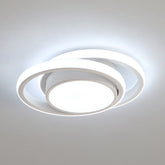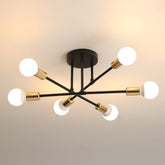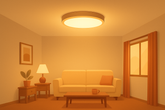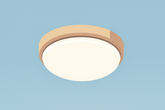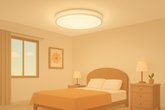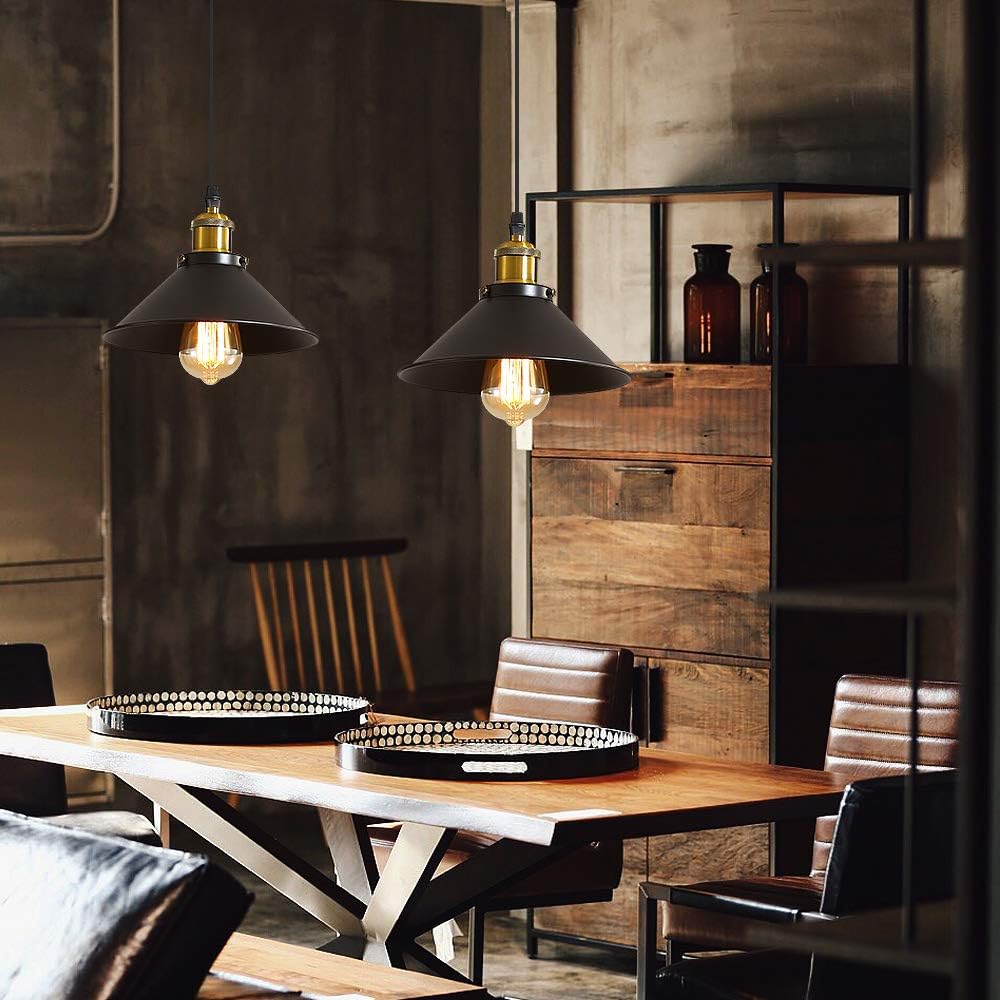Halogen Lamps: A Classic Light Source Explained – Pros, Cons & Applications
💡 Halogen Lamps: Classic Light with Modern Relevance – Full Guide to Pros, Cons & Uses
In a lighting market dominated by LEDs, halogen lamps continue to shine in specific roles. Whether for their warm, vibrant light or precise color rendering, halogen lamps maintain a valuable presence in homes, cars, studios, and exhibitions.
🔧 1. How Halogen Lamps Work
Halogen lamps are an improved version of incandescent bulbs. They use a tungsten filament enclosed in a quartz glass capsule filled with halogen gas (iodine or bromine). When powered, the filament glows and emits light. The halogen gas chemically reacts with evaporated tungsten, returning it to the filament and keeping the glass clear. This process, called the halogen cycle, extends lamp life and maintains brightness.
✅ 2. Key Advantages
a. Excellent Color Rendering (CRI > 95)
With a Color Rendering Index above 95, halogen lamps accurately reproduce object colors. They're ideal for museums, galleries, and photo studios where visual authenticity is crucial.
b. Warm and Natural Light (2700–3200 K)
Halogen light creates a cozy, golden glow that enhances comfort. Perfect for living rooms, restaurants, and hotel lobbies where ambiance matters.
c. Instant Full Brightness
Unlike some fluorescent or LED lights, halogen lamps reach full brightness immediately, making them ideal for car headlights and emergency lighting.
d. Smooth Dimming
Halogen bulbs can be smoothly dimmed without flicker or color shift, making them ideal for adjustable home lighting, theaters, and stage setups.
⚠️ 3. Disadvantages & Limitations
a. High Energy Use
Halogen efficiency ranges from 12–24 lumens per watt, far below LEDs (80–120 lm/W). This means higher electricity costs and environmental impact.
b. Shorter Lifespan
Typically lasting 2000–5000 hours, halogen lamps fall short compared to LEDs (30,000–50,000 hours). Frequent switching can reduce lifespan further.
c. High Heat Output
Operating temperatures can exceed 200–300°C, posing burn or fire risks, especially near flammable materials. This limits usage in enclosed or heat-sensitive spaces.
d. Potential Hazardous Materials
Some halogen bulbs may contain trace amounts of hazardous materials like mercury. Breakage could pose health or environmental risks, and disposal needs care.
📌 4. Applications & Future Outlook
a. Common Applications
- 🛍️ Commercial lighting: jewelry, antique, and art displays
- 🚗 Automotive lighting: low beams, fog lights in budget/mid-tier vehicles
- 📸 Photography & film: warm, natural light and full dimming
- 🏠 Home decor: vintage style fixtures, cozy environments
b. Trends & Alternatives
Regulations in regions like the EU are phasing out inefficient lighting, including halogen. High-CRI and dimmable LED options now replicate halogen quality while offering better efficiency. Still, halogen remains preferred in roles where light quality is non-negotiable.
